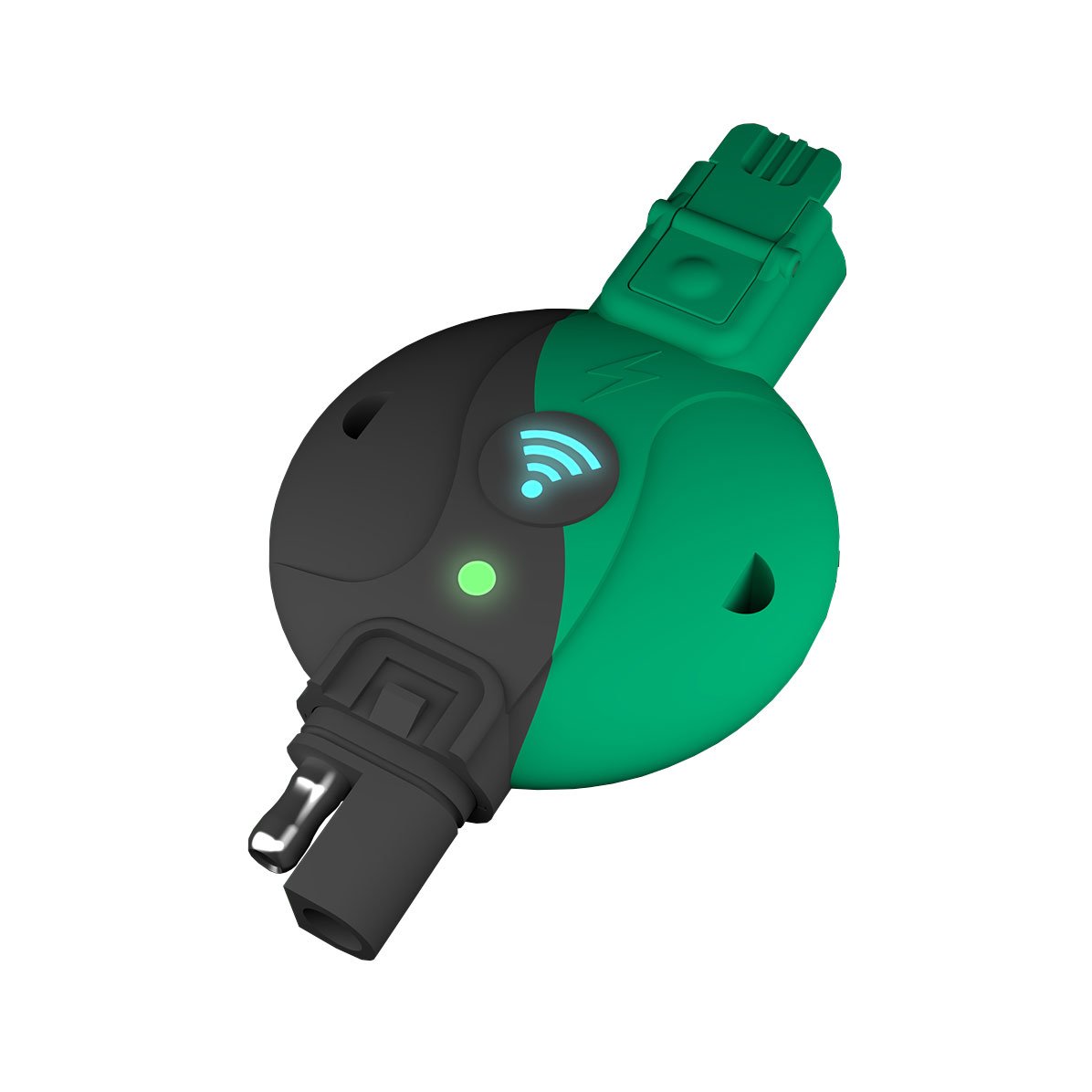
- WIRELESS BATTERY MONITOR HOW TO
- WIRELESS BATTERY MONITOR FULL
- WIRELESS BATTERY MONITOR PLUS
- WIRELESS BATTERY MONITOR SERIES
Then click on the create button, an authentication token will be sent on your email id, simply copy and paste it in the programming…Ĭlick anywhere on the screen and search for the gauge and add it…Ĭhange the font size then click on the push button and select 1 second… Make sure the connection type is set to wifi… IoT battery monitor Blynk Application:įor the complete step-by-step designing watch the video tutorial given at the end of this article, or you can follow the steps given below.įirst of all, open the Blynk application….Ĭlick on the new project and enter the project name….Ĭlick on the choose device and select Nodemcu… Now let’s make the cell phone application using Blynk. 2n2222 NPN transistors are used to control these relays. These relays are of the type SPDT “single pole and double throw”. These relays can be used to control the ac or dc loads. This is a current limiting resistor.Ī wire from the output of the voltage regulator is connected with the Vin pin of the nodemcu esp8266 wifi module and the ground is connected with the ground.Ī two-channel relay module is connected with the D0 and D1 pins of the nodemcu module.
WIRELESS BATTERY MONITOR SERIES
330-ohm resistor is connected in series with the 2.5 volts led. two 470uf capacitors are connected at the input and output of the voltage regulator. This power supply is used to power up the nodemcu esp8266 wifi module. J1 is the female power jack and this is where we connect the 12volts from a battery or 12v adopter or a Solar Panel. This is the 5v regulated power supply based on the LM7805 voltage regulator.
WIRELESS BATTERY MONITOR PLUS
The plus pin of the voltage sensor is not connected.

The minus pin of the voltage sensor is connected with the ground while the S pin of the voltage sensor is connected with the analog pin A0 of the Nodemcu module. The 12v and ground wires of the battery are connected with the VCC and ground terminals of the voltage sensor. For 18 volts you will get 3.6 volts.Įnough with the voltage sensor, now let’s Discuss the complete circuit diagram. So make sure the input voltage to this sensor never exceeds 18 volts. But it will damage the Nodemcu esp8266 module as the esp8266 is a 3.3v microcontroller, applying more than 3.6v on any pin can damage the chip. So this sensor can be used with the Arduino without any problem. We can find out the Output voltage, by using the voltage divider Let’s, first of all, calculate the output voltage of this sensor when the input voltage is 25 volts. The maximum input voltage of this module is 25 volts dc, but this applies when this voltage sensor is used with the Arduino, as the Arduino’s i/o pins are compatible with 5 volts. Let’s perform calculations for this circuit. As you can see the values of the resistors used in this module are 30k and 7.5k. It simply consists of two resistors connected in series, Which makes a voltage divider circuit. Let’s have a look at the circuit diagram of the voltage sensor, The s pin of the sensor module is connected with the analog pin of the Nodemcu esp8266 wifi module and the – pin is connected with ground of the nodemcu module. On the other side we have three male headers labeled as +…. The Voltage wire is connected with the vcc terminal and the ground is connected with the gnd terminal.
WIRELESS BATTERY MONITOR HOW TO
But if you want to measure voltages higher than 25volts then you can watch my tutorial on how to modify this voltage sensor for monitoring higher voltages, in this tutorial I performed all the calculations.Īs you can see on one side we have a block terminal, this is where we connect the voltage and ground wires coming from The battery, solar panel or any other source. This is the Voltage sensor Module that we will be using today, This Module is capable of measuring the voltages ranging from 0.02445v to 25volts dc.

I would appreciate your support in this way! I may make a commission if you buy the components through these links.
WIRELESS BATTERY MONITOR FULL


 0 kommentar(er)
0 kommentar(er)
